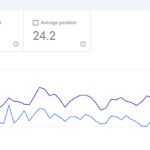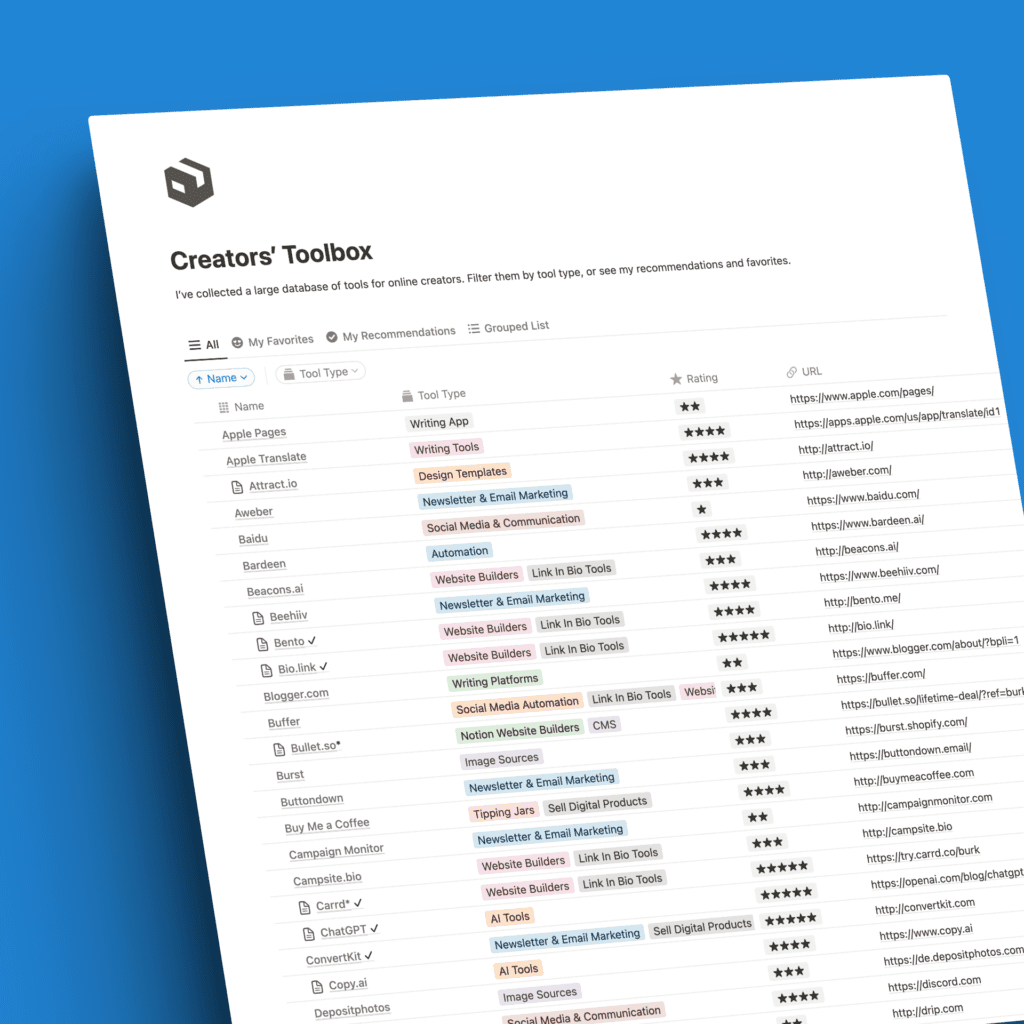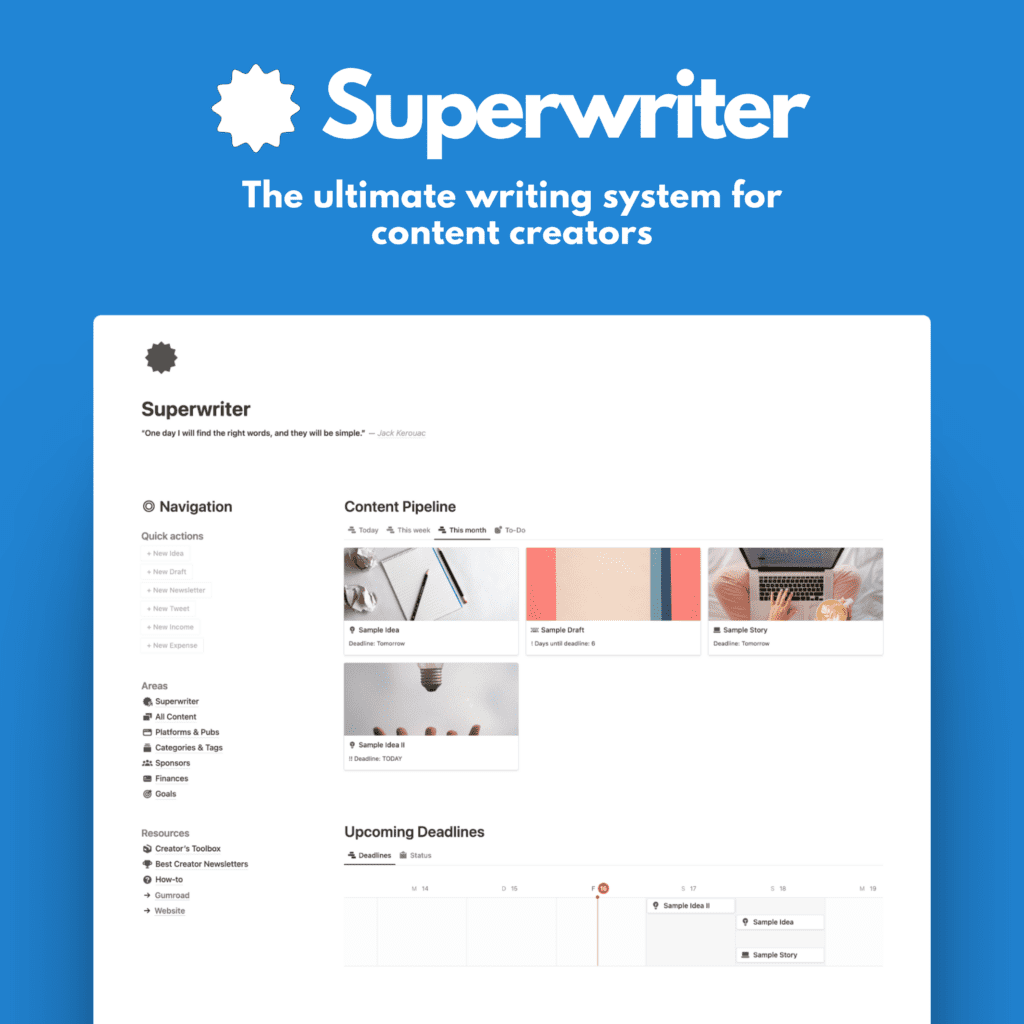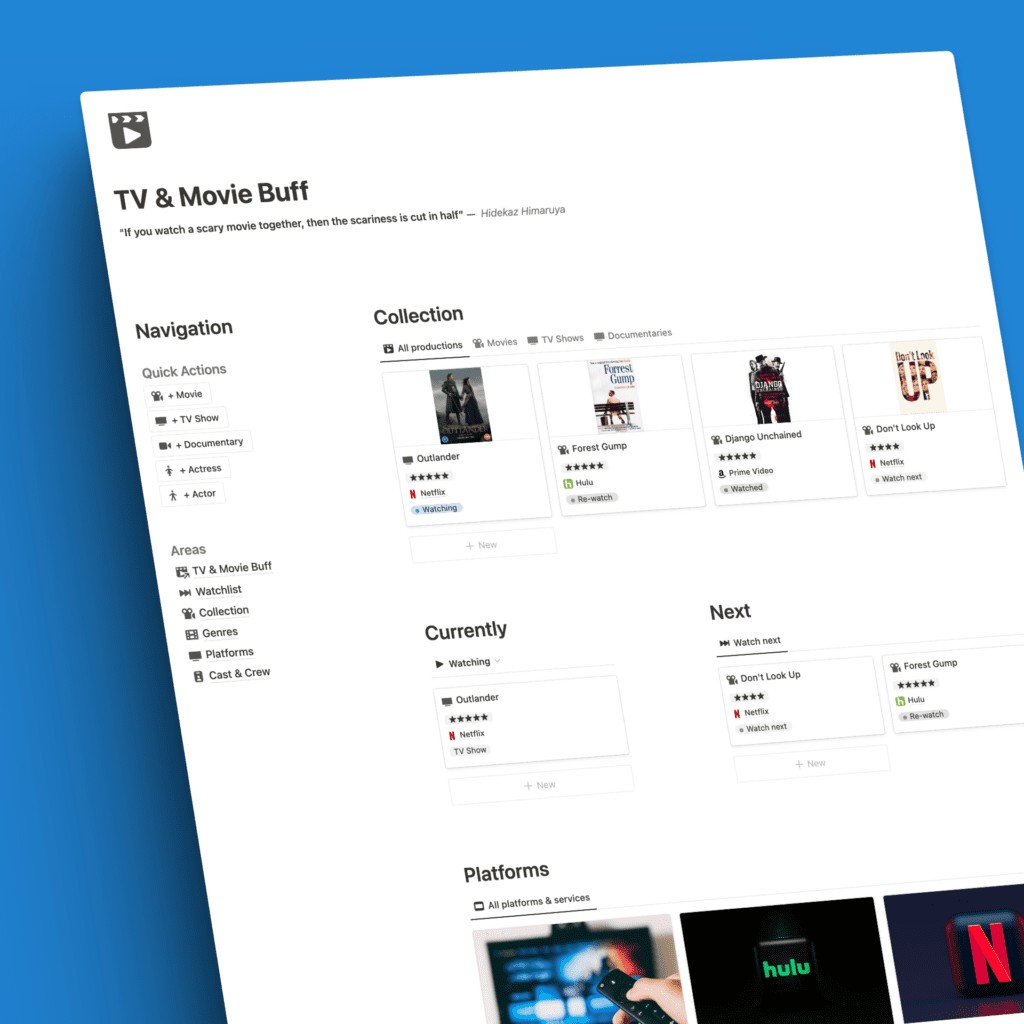Substack* has exploded in popularity as a platform for writers to publish newsletters and get paid directly by readers.
With millions of paid subscriptions, the most successful Substack writers are earning hundreds of thousands per year while growing their audiences faster than ever before.
In this guide, you’ll learn everything you need to start making money on Substack in 2024, including:
- What is Substack and how it works
- How to set up your Substack newsletter
- Tips for growing your Substack audience
- When and how to charge for subscriptions
- How to maximize revenue with sponsorships
- Substack advertising best practices
- About Substack alternatives
What is Substack and How it Works
Substack* is an email newsletter platform created in 2017 that makes it easy for writers to publish newsletters and charge subscriptions.
Writers can quickly set up a Substack publication to send out email newsletters to subscribers. You can publish for free forever or add paid subscriptions at any time.
Substack handles all the technology, so writers can focus on creating content rather than building websites. Podcasts, videos, and community features are all integrated into Substack.
Readers subscribe to their favorite writers directly via email. Substack’s discovery features help writers gain new subscribers within the platform.
Writers own their subscriber lists and content. Everything is portable off of Substack at any time.
How Substack Makes Money
Substack only makes money when writers make money. Their business model relies entirely on writer subscriptions, with no ad revenue.
Here’s how it works:
- Free newsletters: Substack is always 100% free for writers publishing free content.
- Paid subscriptions: When writers charge for subscriptions, Substack takes a 10% cut of each subscription payment. Stripe, the payment processor, takes an additional 2.9% as a processing fee. The rest goes directly to the writer.
Substack’s 10% platform fee only applies to paid newsletter subscriptions sold through Substack.
The fee does not apply to other revenue like sponsorships.
Setting Up Your Substack Newsletter
With Substack’s simple publishing platform, you can get your newsletter up and running in under 20 minutes.
You can even quickly import content from other platforms like WordPress.
But before you start publishing, you’ll want to put effort into branding and positioning your Substack to attract the right audience.
Choose a Name and URL
Pick a simple, memorable name for your newsletter. Aim for something descriptive yet catchy.
Your URL on Substack will be [name].substack.com. Keep the spelling intuitive, so readers can easily find you.
This name can only be changed ONCE without breaking all the links!
Write a Short Description
Come up with a single-sentence elevator pitch for your newsletter. Clearly explain the topic and why readers should subscribe.
For example: “A newsletter covering the business of sports and money in the NBA.”
Short and sweet.
Create a Logo
Design a simple, crisp avatar image to represent your Substack brand.
This will appear with your content across the web.
You don’t have to hire a designer to do that. A simple logo you can make yourself with tools like Canva is completely fine.
Set Up Your Welcome Page
This is the first page a new visitor sees on your Substack. It’s the front page that non-subscribers will see first.
It should show your logo, your description, and some testimonials or recommendation text you can get over time from readers or Substack members.
Don’t overcomplicate this page.
Pin a post
If you want readers to find some specific info about your, your Substack publication or anything else first, you can write a Substack post and pin that to the top of your publication.
This means it will stay front and center on your publication home page until you unpin it.
Write a great welcome email
Even more important than a good welcome page or a pinned welcome post, is a well-crafted welcome email to new subscribers.
That’s the first email new readers will get from you and it should do the following:
- Introduce yourself as a writer (with a few personal details)
- Introduce your publications and range of topics
- Specify the frequency of your emails, i.e. if you publish daily, weekly, monthly, etc.
- Add other platforms readers can reach you, like social media, websites, etc.
- Add an offer or product you might have
- Thank every reader for their time
Growing Your Audience on Substack
Gaining subscribers is critical before adding paid subscriptions.
Here are tips to grow your readership:
Start With Free Content
Build up your free subscriber list first.
This gives readers a chance to sample your work before paying.
Promote Your Newsletter
Leverage your existing social media followers and website audience to promote your new Substack newsletter.
I always link my newsletter below my Medium stories, for example. This has brought the bulk of readers to my Substack.
Offer an Archive of Content
Have at least 10+ posts ready before launching.
This shows subscribers the consistent value you plan to deliver.
It also helps overcome the first low after starting with a new thing which is always exciting at first.
Send High-Quality Emails
Unsurprisingly, well-written, valuable emails keep readers engaged and prevent unsubscribed.
On Substack, posts with a personal note always seem to do well.
Cross-Promote With Other Writers
Partner with complementary newsletters to cross-promote each other’s Substacks to new audiences.
Substack offers a handy cross-posting feature as well. With it, you can cross-post content from other Substacks to your Substack, helping spread the word and promoting the cross-posted Substacker.
Analyze Metrics
Use Substack’s analytics to assess your open rates, subscriber growth, and engagement.
Optimize based on what’s working well, for example:
- Topics readers seem to gravitate to
- Length of emails that seems to hit just right
- Style of writing that seems to go well with your audience
- Links that are often clicked on
- and more
When to Charge Subscriptions
Once you’ve built up a solid subscriber base — let’s say a few hundred, or better 1000+ subscribers — you’re ready to add paid subscriptions.
You can do it sooner, of course, but in my experience, a list of at least a few hundred is a great starting point to find out if some are willing to pay for your content.
Here’s how Substack memberships work:
- You control what content is exclusive for paid subscribers vs. what remains free.
- Offer monthly and yearly pricing tiers (for example: $5 per month $50 per year, to have a discount on longer subscriptions)
- Current readers are prompted to upgrade to “founding member” status before the paywall goes up. This locks in a one-time discounted pricing for the first interested.
- After launch, new readers must subscribe immediately to gain access.
- Over 40% of new paid subscriptions on Substack come from their built-in network instead of a writer’s own promotion.
Monetizing with Substack Pledges
In addition to subscriptions, Substack also offers “pledges” as a way for writers to get paid.
Pledges allow readers to promise an amount of money as a pledge when the Substacker hasn’t turned on paid subscriptions yet.
Here are some tips for making the most of Substack pledges:
- When enabled in the settings, Substack automatically adds a pledge button prominently on your publication and in your newsletters to make it easy for readers to contribute.
- Explain how reader pledges help support your ability to keep creating quality content.
- When you hit a milestone number of pledges, do a special “thank you” post highlighting what readers make possible for you.
- Suggest a variety of pledge amounts, like $10 per month, or $100 a year, so readers can choose their comfort level.
- Use pledges as a stepping stone to eventually asking readers to upgrade to full-paid subscriptions.
While pledges may not add up to a full income, they provide another revenue stream that engaged readers appreciate as a way to support writers.
Even small contributions add up over your entire audience.
How to Maximize Revenue with Sponsorships
In addition to subscriptions, sponsored content provides a lucrative second income stream for Substack writers.
Here are tips for running profitable sponsorships:
- Optional first step: Poll your readers to see if they are open to relevant, high-quality sponsorships.
- Only accept sponsors and products you genuinely believe in and think will benefit your audience. Authenticity is key.
- Cleary label sponsored posts as “paid promotions” to be transparent with subscribers.
- Limit sponsorships to 1-2 per month to prevent overwhelming readers.
- Offer custom packages (advertorials, dedicated sends, etc) at varying price points in addition to standard newsletter ads.
- Don’t saturate every issue with ads – use a balanced mix of sponsored and non-sponsored content.
- Consider an “unclassifieds” section for a whole roster of sponsors instead of single-sponsor issues.
Sponsorships often become a significant portion of revenue for popular Substack writers.
When done right, they enable creators to keep producing high-quality content.
Substack Advertising Best Practices
Although Substack was founded on subscriptions instead of ads, they do allow writers to run their own sponsorships in a few ways:
Announce Sponsored Content to Readers
Explain that limited, relevant advertising helps support your work so you can keep content free or invested in improving the reader experience.
Vet Sponsors Thoroughly
Personally sample and evaluate a product before allowing a sponsorship.
Never advertise anything shady or that doesn’t align with your brand values.
Use Ads Sparingly
Avoid overwhelming readers. Start with 1-2 sponsorships per month and slowly scale up as needed.
Offer a Variety of Ad Formats
Experiment with dedicated messages, custom integrations, advertorials, product roundups, unclassified, and more to keep advertising engaging.
Review Analytics
Pay attention to click-through rates on sponsorships and reader feedback to optimize your approach over time.
Following these guidelines will help you monetize through sponsorships without sacrificing your newsletter experience.
Substack Alternatives
While Substack dominates the paid newsletter market, it’s not the only option for writers looking to monetize their work directly.
Let’s compare some of the top Substack alternatives:
Medium
Medium is a popular blogging and publishing platform. Writers can earn money through Medium’s partner program by enabling ads on their stories. However, Medium owns the content and controls how it is monetized.
Ghost
Ghost is an open-source content management system optimized for blogs and publications. It offers more customization and features than Substack. Writers self-host Ghost blogs and retain ownership over content and data. Monetization options include subscriptions, memberships, and ads.
WordPress
WordPress powers over 40% of websites. Writers can self-host a WordPress site for full control and monetize with ads, affiliate links, donations, subscriptions via plugins like MemberPress, and more. However, WordPress requires more technical skill than Substack.
Key Differences:
- Substack is the easiest platform to quickly start a paid newsletter with no coding skills required.
- Alternatives like Ghost and WordPress offer more features and customization but require you to handle your own hosting and maintenance.
- On Substack, you retain full ownership of content. On Medium you do not.
- Substack focuses on newsletters. Other platforms center around blog posts.
So in summary, Substack trades some flexibility for simplicity compared to other options.
For writers who want to automate and monetize a newsletter ASAP, Substack provides the quickest path to earning subscription revenue.
Start Making Money on Substack in 2024
The potential to earn steady income directly from your most loyal readers, avoid demanding algorithms, and retain full ownership of your work makes Substack* an appealing platform for writers in 2024 and beyond.
With strategic branding, promotion, and consistency, your hard work writing great content can translate into thousands of dollars per month.
The writers earning the highest incomes treat their Substack newsletters like real businesses – paying close attention to analytics, reader feedback, and different monetization strategies.
Hopefully, this guide has provided you with a starting point to begin planning your own Substack publication.
If so, start with your Substack today in a few minutes ↓








